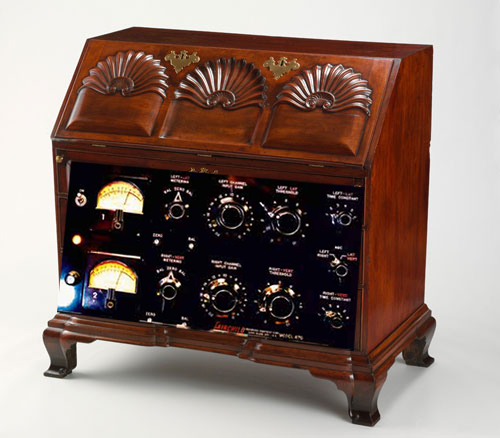> comercial chassis have 3mm aluminium! Is this really necessary?
1/8" Aluminum is common in Rack Mount. You need thickness to get stiffness across a 17" rack.
But Steel rack panels are normally 1/16" (1.6mm) with the top and bottom edges turned back to stiffen it.
Nobody bends 1/8" 3mm Aluminum. OK, it is commonly done for some truck and race-car brackets. I don't think I've ever seen bent 1/8" Al in audio; if someone is doing that, they probably charge a LOT. More common is flat pieces of thick Al joined at the corners with L-brackets.
1/8" steel is "too heavy" for car and light-truck frames, stuff more like 2mm was common when car had frames. Of course now cars are made entirely of metal thinner than 1mm: bending and folding can give a very strong stiff structure.
Most electronic chassis are much smaller than a car. If we did a complicated structure like a modern car frame/body, we could use much thinner metal, so thin that a screw would pull out. It would also take longer to design and bend the chassis than to design and build the circuit inside. So mostly we use a sheet metal that is strong enough around the screw-holes, bend a simple box, and try.
For stuff like studio gear, just a few Watts, the main thing is: do the knobs and jacks feel solid when you use them? An XLR jack in the center of a large unsupported panel will feel cheap. Near the edge of the panel where it is supported by the adjacent side, it feels solid.
For big stuff like tube loudspeaker amps or high-power tranny amps, when you put the 20lb 10Kg transformer in the middle of a large thin panel, it sags; and when you truck it up to Rocky Road Stadium, the vibration tears the panel and the transformer breaks loose. Put heavy lumps near an edge or corner, or add bracing. For Rack Mount, if all the weight is carried on the rack ears, heavy lumps must be put near the front, to make it easier for installer Brian's wrists, and so vibration won't rip the back of the box off the rack-ears.
> Is this only a shielding issue or are there any regulations that one should know about, or rules of thumb for that matter?
Foil can give good electrostatic shielding. Aluminum gives nearly no electromagnetic shielding. Iron can give some EM shielding, but any hole in the iron leaks a lot of EM, and it is usually better to put iron around the specific part that needs EM shielding (usually an input transformer) rather than try to enclose the whole amplifier.
There may be strength requirements for commercial "UL CSA TUV Approved" enclosures. The main idea would be: you can't shove your finger into a live wire, and it is hard to dent the case enough to cause a short. The main concern is mass-production products that are designed as CHEAP as possible. A penny saved on a million-seller product is big money. I think when you build for yourself, you will pick plenty-strong material, because you are not counting pennies, your labor and satisfaction is worth far more than that.
If you need a rack panel box, buy a blank rack panel and bend a box behind it. If you are building KiloWatt amplifiers, structure will be a big design issue. If you are doing normal DIY audio stuff, I'd think 1.6mm is plenty.
A big deal: is the clamp foot slotted? You can use angle-iron and G-clamps to bend a sheet into a "U". But if you want to bend all four sides of a sheet up, to make a 5-sided box, the 3rd and 4th bends will be blocked by the sides bent-up by the 1st and 2nd bend, unless there are slots in the foot for the 1st and 2nd side edges to go into. A very nice bender has dozens of clamp-on feet in several sizes so you can bend any size and still clear. Some cheap ones give you a couple slots, and you have to bend the box to a size that will fit. Some brakes have a solid foot and are limited to simple U bent shapes.



